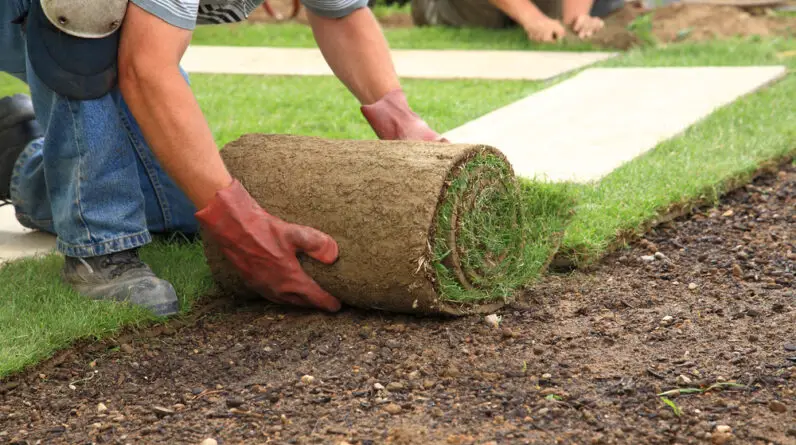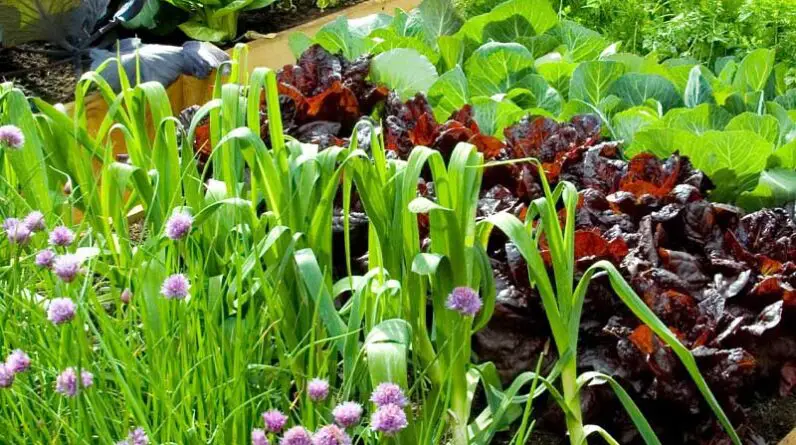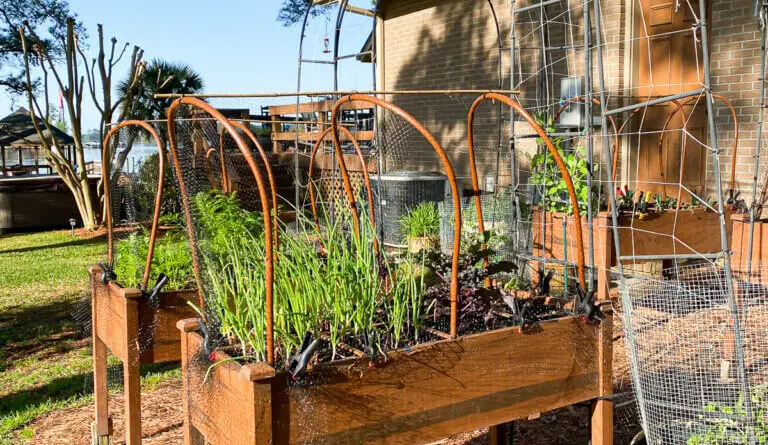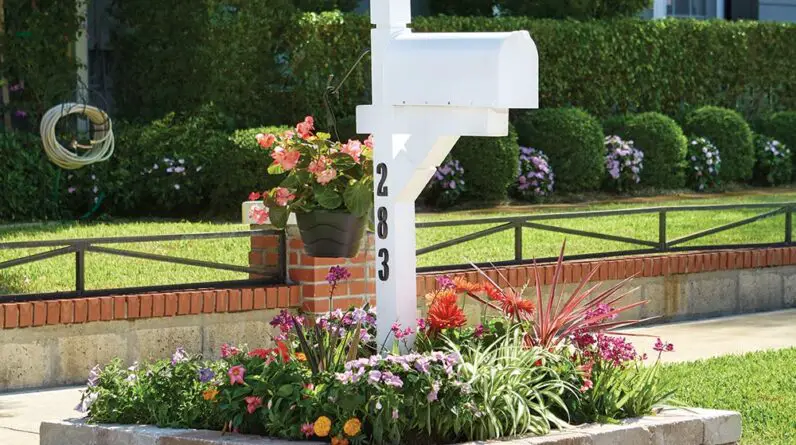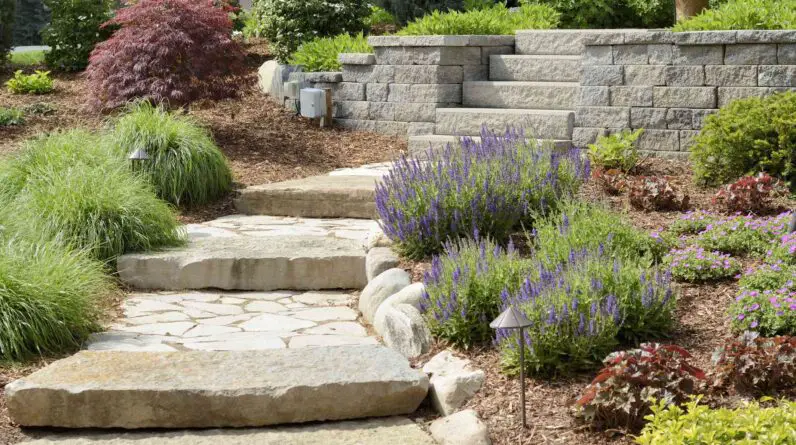
Introduction to Landscaping
Landscaping is an essential aspect of enhancing the outdoor environment of our homes and properties. It involves the careful planning, designing, and maintenance of the elements that make up our outdoor spaces, including plants, trees, shrubs, lawns, and hardscapes such as pathways and patios. With numerous types of landscaping available, it’s crucial to explore the different options to find the one that suits our preferences and needs.
What is Landscaping?
Landscaping encompasses a wide range of practices aimed at improving the aesthetic appeal, functionality, and sustainability of outdoor spaces. It involves designing and arranging plants, as well as constructing additional features like water features or outdoor seating areas. The goal of landscaping is to create a visually pleasing and harmonious environment that complements the architecture of a property.
Importance of Landscaping
Effective landscaping has numerous benefits. First, it enhances the curb appeal of our homes, increasing their value. Additionally, a thoughtfully designed landscape can provide privacy, shade, and noise reduction. It can also create a relaxing and tranquil atmosphere, ideal for unwinding after a long day. Furthermore, landscaping can contribute to the conservation of natural resources, such as water, by utilizing sustainable practices like rainwater harvesting and using drought-resistant plants.
Exploring the various types of landscaping allows us to discover the options available to make our outdoor spaces more beautiful, functional, and sustainable. Whether we prefer a lush garden, a minimalist design, or a combination of both, landscaping can transform our outdoor areas into inviting and enjoyable spaces for us and our loved ones to enjoy.
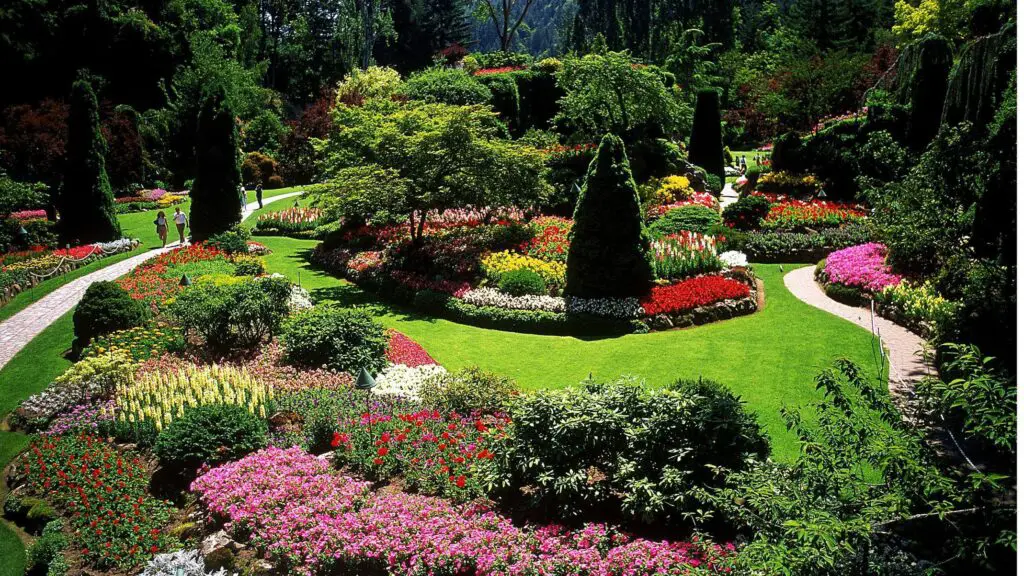
Exploring the Various Types of Landscaping
At Mark’s Landscaping, we are passionate about beautifying outdoor spaces and creating functional designs that meet the unique needs of our clients. One of the areas we specialize in is residential landscaping, where we transform ordinary yards into stunning outdoor retreats.
Benefits of Residential Landscaping
The benefits of residential landscaping are numerous. First and foremost, a well-designed landscape enhances the beauty and curb appeal of your home, making it a pleasure to come home to every day. But it’s not just about aesthetics—landscaping also provides practical benefits. Properly placed trees and shrubs can provide shade, reducing energy costs. Additionally, a thoughtfully planned landscape can help manage water runoff, preventing erosion and flooding.
Popular Features in Residential Landscaping
When it comes to residential landscaping, there are endless possibilities. Some popular features include lush gardens filled with colorful flowers, tranquil water features like ponds or fountains, outdoor kitchens perfect for entertaining guests, and cozy seating areas for relaxation. The key is to design a space that reflects your personal style and fulfills your desires.
Design Considerations for Residential Landscapes
When planning a residential landscape, there are several important factors to consider. First, think about the overall layout and flow of the space. Will there be designated areas for different activities? Are there existing structures, like decks or patios, that you want to incorporate into the design? Another crucial consideration is the climate and local environment. Choosing plants that are native or well-suited to the area will ensure they thrive and require less maintenance. Lastly, don’t forget about maintenance and upkeep—selecting low-maintenance plants and incorporating automation systems can make your life easier.
At Mark’s Landscaping, we are experienced in all types of landscaping, including residential projects. Our team is skilled in creating beautiful designs that not only meet your needs but exceed your expectations. Contact us today to explore the endless possibilities of transforming your outdoor space.
Commercial Landscaping
Commercial landscaping refers to the design and maintenance of outdoor spaces for commercial properties. At [Company Name], we specialize in creating beautiful and functional landscapes for businesses of all sizes.
Benefits of commercial landscaping
Commercial landscaping offers numerous benefits for businesses. With our expertise, we can transform your outdoor space into a visually appealing area that attracts customers and creates a positive first impression. A well-designed landscape can also increase property value and differentiate your business from competitors.
Creating a welcoming atmosphere for businesses
The exterior of your business plays a crucial role in establishing a welcoming atmosphere for customers. Our team can design and install elements such as vibrant flower beds, striking entranceways, and inviting seating areas. By incorporating a variety of plants and hardscape features, we can create an environment that reflects your brand and enhances the overall experience for visitors.
Designing outdoor spaces for commercial properties
From office complexes to retail centers, our expertise extends to designing outdoor spaces specifically tailored to commercial properties. We carefully consider factors such as foot traffic, parking, and accessibility when creating our designs. Whether you require a peaceful retreat for employees or an engaging gathering space for events, we can bring your vision to life.
Transform your commercial property with our professional landscape services. Contact us today to discuss your landscaping needs. When it comes to creating a beautiful and inviting outdoor space, there are many different types of landscaping to consider. One popular option is garden landscaping, which allows you to incorporate plants and flowers into your design. With garden landscaping, you can create a lush, vibrant space that adds both beauty and functionality to your yard.
Creating a Beautiful Garden
To create a beautiful garden, it’s important to start with a well-thought-out design. Consider the layout of your yard and how you want your garden to flow. You can incorporate various elements such as pathways, water features, and seating areas to enhance the overall look and feel of your garden.
Choosing the Right Plants
When choosing plants for your garden, consider factors such as climate, soil conditions, and sunlight exposure. Opt for a mix of different types of plants, including perennials, annuals, shrubs, and trees. This will ensure that your garden remains visually appealing throughout the year, with different plants blooming at different times.
Maintenance Tips for a Thriving Garden
To keep your garden thriving, regular maintenance is crucial. This includes watering your plants regularly, pruning them to promote healthy growth, and fertilizing the soil to provide essential nutrients. Additionally, be sure to remove any weeds or pests that may hinder the growth of your plants.
Garden landscaping offers endless possibilities for creating a beautiful and inviting outdoor space. By carefully considering your design, choosing the right plants, and implementing proper maintenance, you can enjoy a thriving garden that adds value and aesthetic appeal to your home.
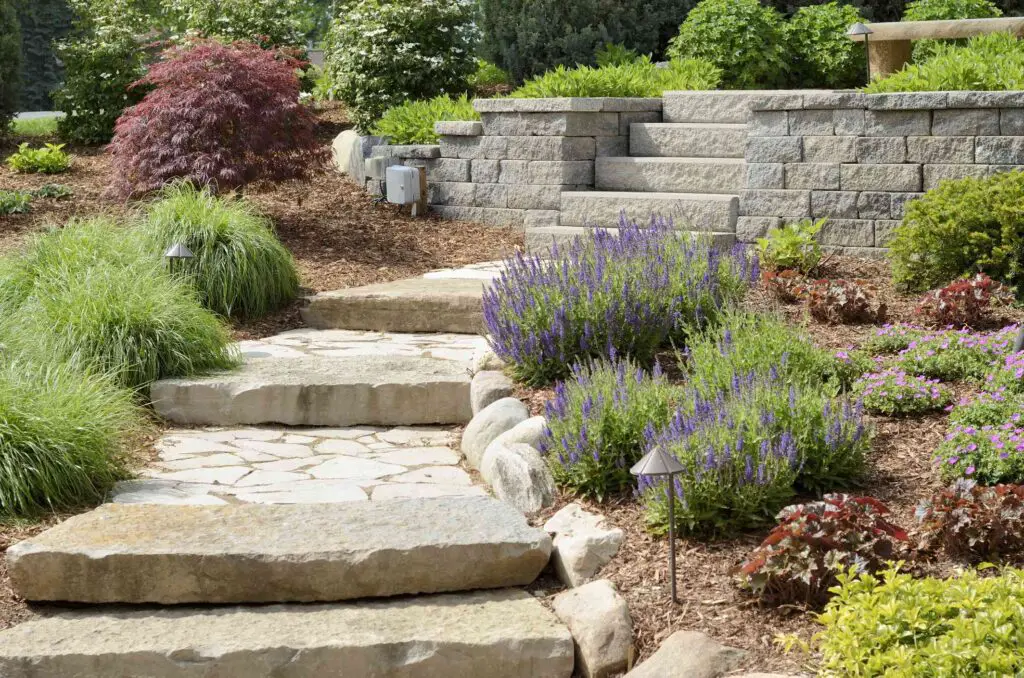
Hardscape Design
What is hardscape design?
Hardscape design refers to the incorporation of non-living elements into your landscape, creating a functional and visually appealing outdoor space. This type of landscaping focuses on structures such as patios, walkways, retaining walls, and even water features. By adding hardscape elements, you can transform your yard into a versatile area that suits your needs and enhances the overall aesthetic appeal.
Adding functional features to your landscape
Hardscape design allows you to add practical elements to your outdoor space. For example, a well-designed patio can serve as an extension of your living area, providing an ideal spot for entertaining or relaxing. Retaining walls can not only prevent soil erosion but also create different levels and a sense of dimension in your landscape. Walkways provide functional paths, guiding visitors through your garden while creating visual interest.
Materials commonly used in hardscape design
Hardscaping involves the use of various materials, each with its distinct benefits and appearance. Common materials include natural stone, such as flagstone or granite, which adds a timeless and organic touch. Pavers, made from concrete or brick, offer versatility and durability, allowing for creative designs. Concrete is a popular choice due to its affordability and versatility in shape and color.
Incorporating hardscape design into your landscape is an excellent way to enhance functionality, create an inviting space, and add value to your property. Whether you opt for a patio, walkway, retaining wall, or other hardscape features, these additions can transform your yard into a haven that reflects your personal style and meets your outdoor needs.
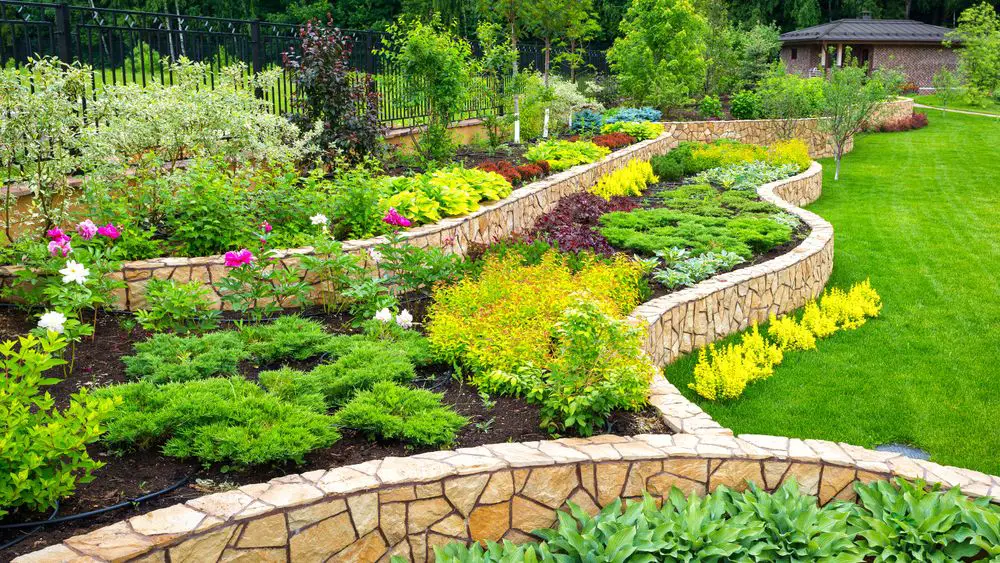
Water Features
Enhancing your landscape with water features can add a touch of tranquility and elegance to your outdoor space. Here at Landscaping Experts, we are excited to offer various types of water features that can transform your backyard into a serene oasis.
Types of Water Features
When it comes to water features, the options are endless. From beautiful fountain displays to calming pond installations, we have something to suit every taste and style. Our team of experienced professionals can help you choose from a range of options such as cascading waterfalls, soothing streams, or even ornamental fish habitats.
Maintenance and Care for Water Features
While adding a water feature can greatly enhance the beauty of your landscape, it is important to remember that proper maintenance and care are essential. Our experts will guide you through the necessary steps to keep your water feature clean and functional, ensuring it remains a stunning focal point in your outdoor space.
Incorporating a water feature into your landscaping not only adds visual appeal but also provides a soothing ambiance. Let us help you create the perfect water feature that will bring a sense of relaxation and serenity to your outdoor oasis.
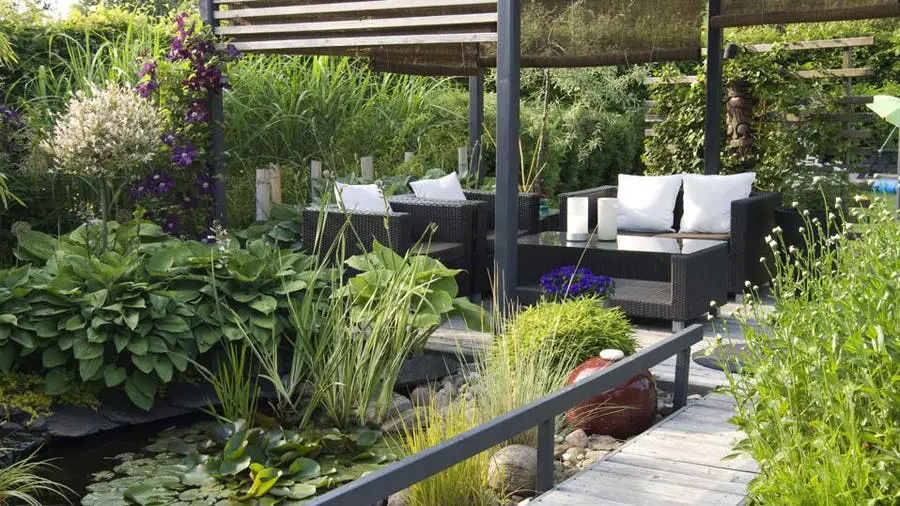
When it comes to landscaping, there are countless options to transform your outdoor space into a breathtaking and functional area. One type of landscaping that has gained popularity in recent years is sustainable landscaping. In this section, we will delve into the importance of sustainable landscaping and explore some key practices that make it environmentally friendly.
The importance of sustainable landscaping
Sustainable landscaping is not only aesthetically pleasing but also beneficial for the environment. By using native plants and reducing water consumption, sustainable landscaping conserves water resources and promotes a healthier ecosystem. Additionally, it minimizes the need for chemical fertilizers and pesticides, reducing their negative impact on the environment.
Using native plants and reducing water consumption
In sustainable landscaping, choosing native plants is crucial. These plants are naturally adapted to the local climate and require less water, fertilizer, and maintenance. By incorporating them into your landscape design, you can reduce water consumption significantly, which is especially important in areas facing water scarcity.
Implementing eco-friendly practices
Apart from plant selection, sustainable landscaping involves implementing eco-friendly practices. This can include using organic mulch to control weeds and retain soil moisture, installing rain barrels or irrigation systems to capture and reuse rainwater, and utilizing permeable paving materials to reduce stormwater runoff. These practices help conserve water, minimize waste, and create a more environmentally friendly landscape.
By prioritizing sustainable landscaping, we can contribute to the preservation of our planet’s natural resources and create beautiful outdoor spaces at the same time. It’s a win-win solution that benefits us and future generations. So, let’s explore the possibilities and bring sustainability into our landscapes!
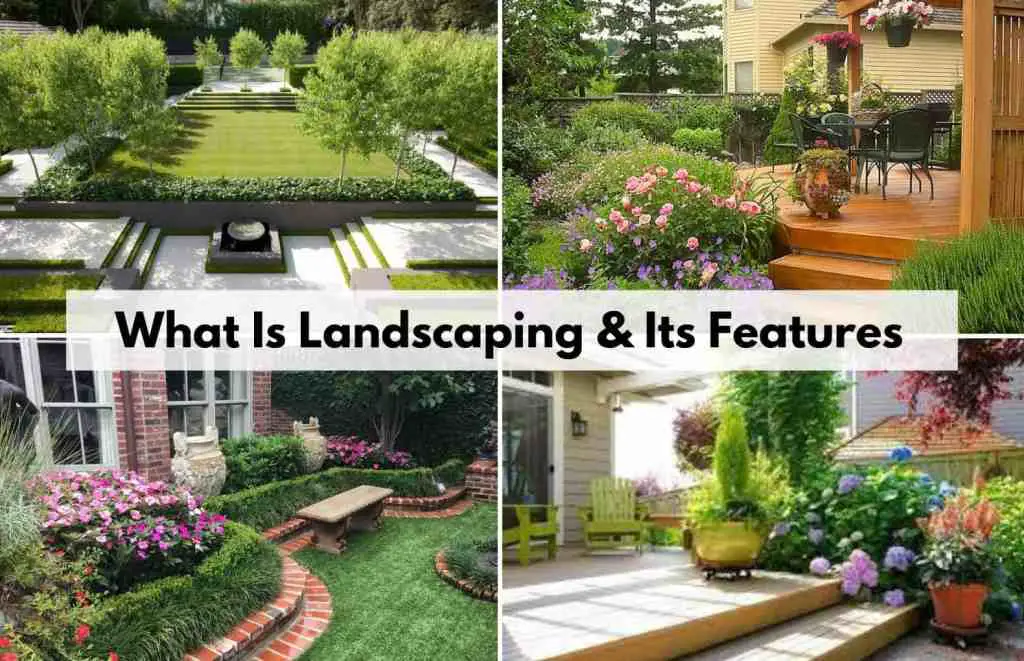
Seasonal Landscaping
When it comes to landscaping, one of the most exciting aspects is creating a vibrant landscape that changes with each season. By strategically choosing plants that bloom at different times throughout the year, you can enjoy a beautiful and ever-changing outdoor space.
Creating a vibrant landscape for every season
One of the key factors in seasonal landscaping is selecting plants that showcase their beauty in different seasons. For example, colorful tulips and daffodils can brighten up your garden in spring, while vibrant roses and hydrangeas can bloom during the summer months. In autumn, trees with stunning foliage such as maple and birch can create a mesmerizing landscape, and in winter, evergreen plants like holly and pine can add a touch of greenery.
Choosing plants that bloom at different times
To ensure a continuous display of flowers and colors, it’s important to choose plants with staggered blooming periods. This way, you’ll have something beautiful to look at throughout the year. Incorporating a variety of perennials, annuals, and shrubs into your landscape design will provide a diverse mix of colors and textures.
Decorating for holidays and special occasions
Seasonal landscaping also offers the opportunity to decorate your outdoor space for holidays and special occasions. By adding festive touches such as string lights, wreaths, or seasonal ornaments, you can create a welcoming ambience for guests or simply enjoy the holiday spirit right in your own backyard.
By embracing the concept of seasonal landscaping, you can transform your outdoor space into a dynamic and ever-changing beauty. With careful plant selection and a dash of creativity, you can enjoy a landscape that flourishes with the changing seasons and adds charm and vibrancy to your home.
Drought-tolerant Landscaping
When it comes to landscaping, there are many different styles and techniques that can be implemented to create a stunning outdoor space. One such approach that is gaining popularity is drought-tolerant landscaping. In today’s world, where water scarcity is a growing concern, designing a landscape that conserves water has become essential. This type of landscaping focuses on utilizing plants and techniques that require minimal irrigation and are well adapted to survive in arid conditions.
Designing a landscape that conserves water
A key aspect of implementing drought-tolerant landscaping is designing a landscape that conserves water. This involves careful planning and consideration of various factors, such as the layout, placement of plants, and the use of hardscaping elements like gravel or mulch. By creating strategic zones and utilizing efficient irrigation methods, we can minimize water waste and ensure that plants receive the necessary moisture to thrive.
Choosing drought-tolerant plants
Another crucial factor in drought-tolerant landscaping is selecting plants that are well-suited for arid conditions. These plants typically have adaptations that allow them to survive with limited water, such as deep root systems, thick leaves, or the ability to store water within their tissues. By choosing these resilient plants, we can create a beautiful and sustainable landscape that requires less watering and maintenance.
Irrigation techniques for water efficiency
To further enhance water efficiency, implementing appropriate irrigation techniques is paramount. Drip irrigation, for example, delivers water directly to the plant’s root zone, minimizing evaporation and loss. Additionally, smart irrigation controllers can be used to monitor weather conditions and adjust watering schedules accordingly. By utilizing these techniques, we can optimize water usage and significantly reduce water waste in our landscape.
Drought-tolerant landscaping offers numerous benefits, from water conservation to creating a visually appealing outdoor space. By designing a landscape that conserves water, selecting drought-tolerant plants, and implementing efficient irrigation techniques, we can create a sustainable and beautiful landscape that thrives even in arid conditions.
Conclusion
In conclusion, exploring the various types of landscaping has provided us with valuable insights into the diverse options available to transform and enhance our outdoor spaces. From traditional to modern, formal to informal, there are landscaping styles suited to every taste and requirement.
Summary of Various Types of Landscaping
Throughout our exploration, we have discovered that there are several types of landscaping, including hardscaping, softscaping, xeriscaping, and Japanese garden design. Each of these styles offers its unique characteristics and can be further customized to suit individual preferences and specific needs. Whether it is creating a low-maintenance xeriscape garden or a tranquil Japanese-inspired retreat, the possibilities are endless.
Importance of Tailoring Landscaping to Specific Needs
Tailoring landscaping to specific needs is crucial in achieving the desired results. By considering factors such as climate, soil type, maintenance requirements, and personal preferences, we can create landscapes that not only thrive but also fulfill our functional and aesthetic expectations. Whether we desire a family-friendly space, an eco-friendly design, or a peaceful oasis, customizing our landscaping ensures its success and longevity.
Enhancing the Overall Aesthetic and Value of Properties
Moreover, exploring the various types of landscaping has reinforced the notion that well-designed outdoor spaces significantly enhance the overall aesthetic and value of properties. Whether it is for residential or commercial properties, a beautifully landscaped yard can make a lasting impression, attracting potential buyers or visitors and increasing property value. From captivating curb appeal to inviting outdoor living areas, landscaping has a transformative power that cannot be overlooked.
By understanding the different types of landscaping and tailoring it to our specific needs, we can create outdoor spaces that not only meet our functional requirements but also inspire us with their beauty and increase the value of our properties. So, let’s embrace the possibilities and embark on our own landscaping journey today!


